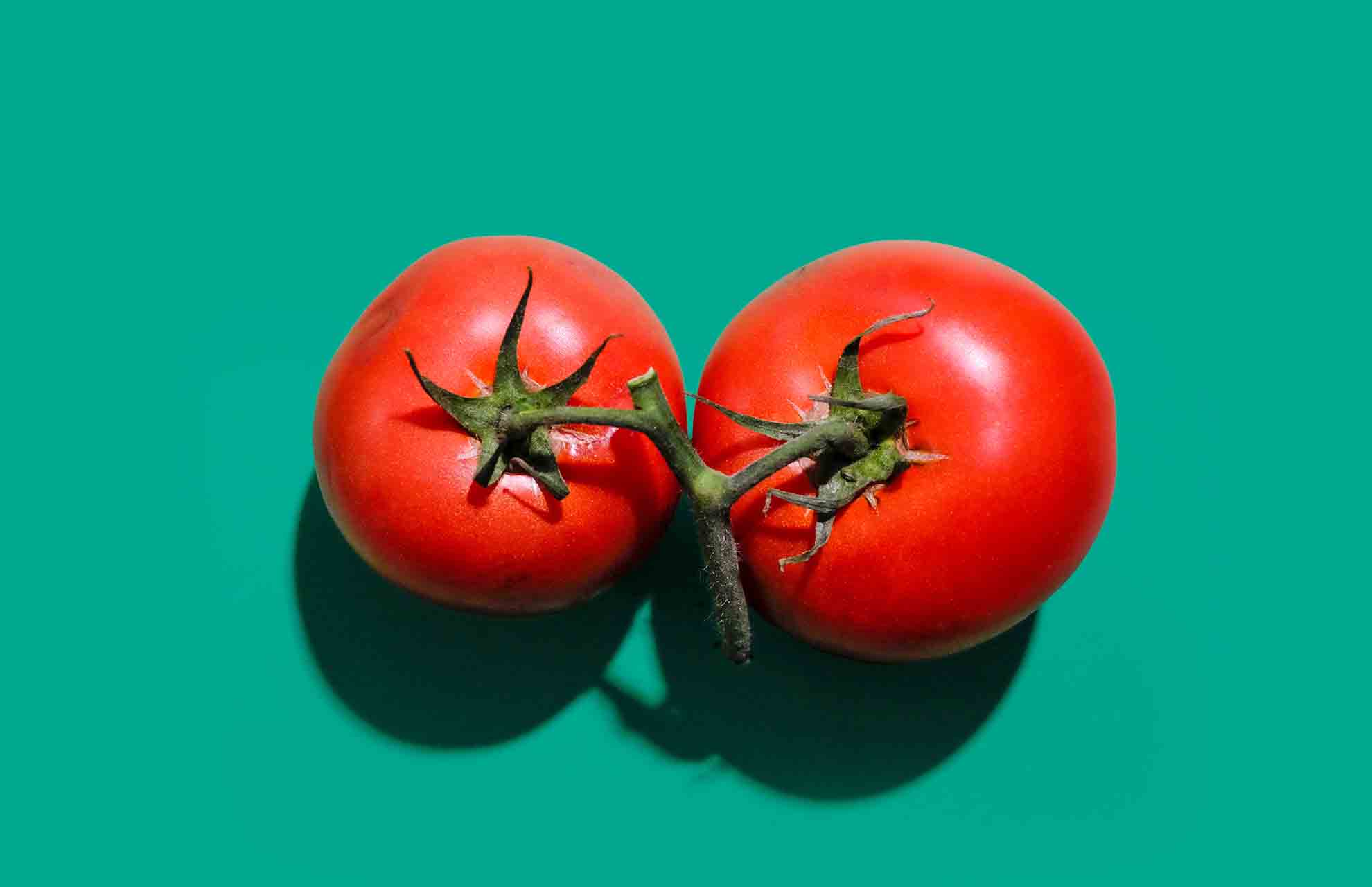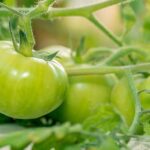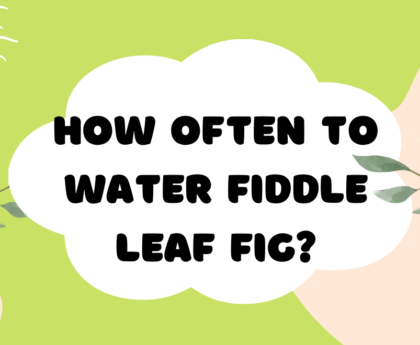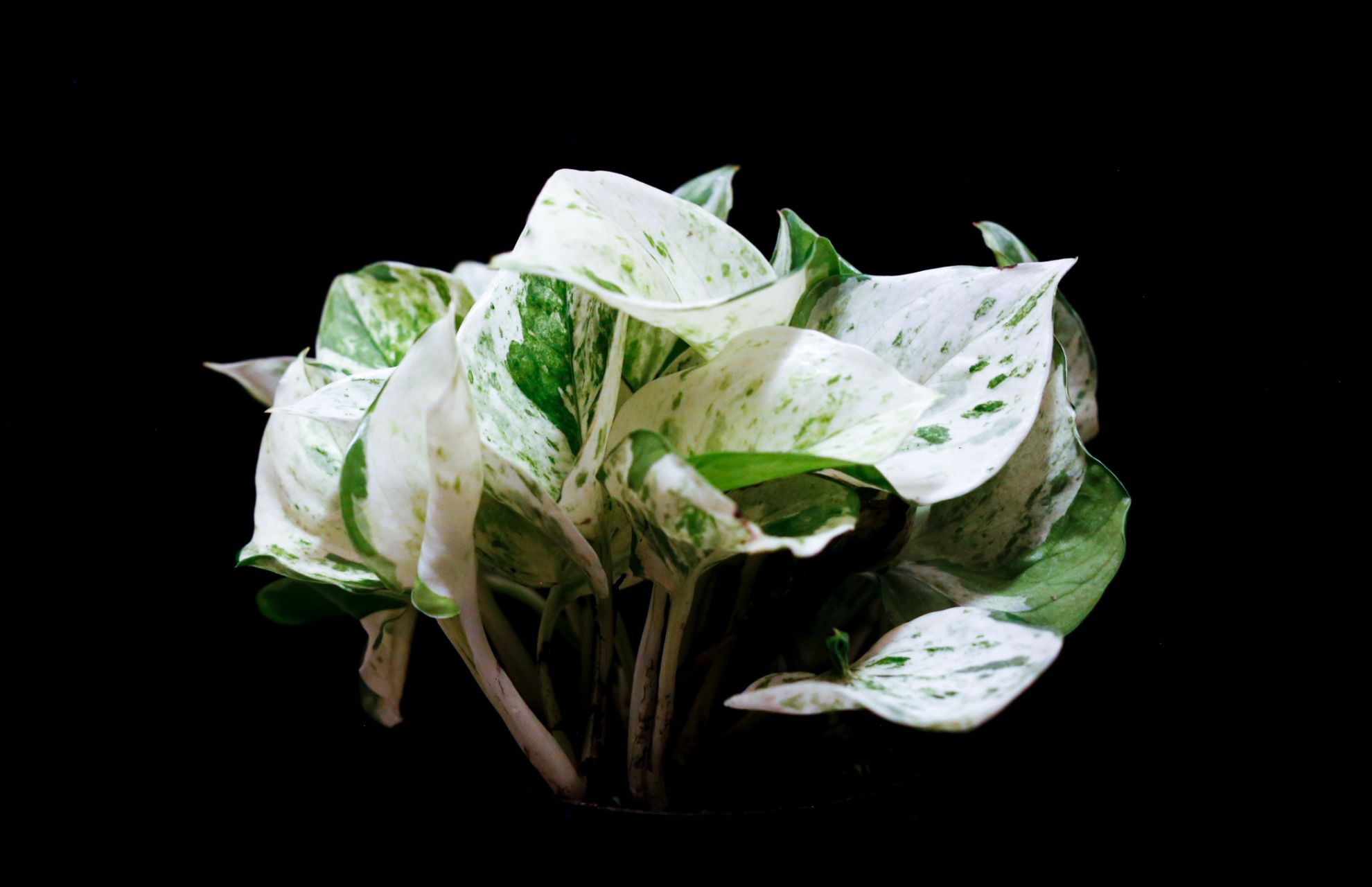Tomatoes, like many annuals, are heavy feeders and do higher when supplied with plenty of nutrients to develop thru the season. Fertilizers, either chemical or organic, can help furnish more vitamins than tomatoes want to develop quickly. But what is an exact tomato fertilizer? When should you fertilize your tomato plants? This article will tell you.
What Is The Best Tomato Fertilizer
Which tomato fertilizer you use will depend on the current nutrient content of your soil. Before you start fertilizing tomatoes, it’s stylish to have your soil tested. However, you should use a fertilizer that’s slightly lower in nitrogen and advanced in phosphorus, similar to a 5-10-5 or a5-10-10 mixed fertilizer, if your soil is rightly balanced or high in nitrogen. However, use a balanced fertilizer like 8-8-8 or10-10-10, if you’re slightly lacking in nitrogen. However, unless you have had problems in the past with sickly tomato plants, you can assume that you have a balanced soil and use the advanced phosphorus tomato plant fertilizer, if you’re unfit to get a soil test done.
When fertilizing tomato plants, be careful that you don’t use too much nitrogen. This will affect a lush, green tomato plant with veritably many tomatoes. However, you may indeed want to consider simply furnishing phosphorus to the plant instead of a complete fertilizer for tomatoes, if you have endured this problem in the past.
Tomato Plants Fertilizing Basics
- The fertilizer requirement of tomato flowers relies upon their stage of growth. It is important that each nutrient be existing at all times; however, the advised ratio of nutrients changes with every stage of growth.
- In general, a tomato plant’s roots aren’t deeper than 6-7. Keep this in thought when mixing fertilizer into the soil.
- Commercial fertilizers have a wide variety of series, such as 10-8-10, which essentially stands for nitrogen-phosphorous-potassium (or elements N-P-K). 10-8-10 capability the fertilizer includes 10% nitrogen, 8% phosphorous, 10% potassium, with the relaxation being filler material.
When To Use Tomato Plant Fertilizers
Tomatoes only need to be fertilized at two stages of growth – soon after planting and just before fruiting.
Some gardeners like to apply the first round of fertilizer while transplanting. They either mix it with the soil or leave it at the bottom of the planting hole. This is clearly an option, but it can increase the threat of fertilizer damage (something you surely don’t want right as the plant is growing).
Transplanted tomatoes need time to acclimate to their new homes. A boost of nutrients at this stage can consolidate the symptoms of transplant shock. Depending on the fertilizer you use, it could also burn the roots if they come into contact.
To mitigate this risk, add some compost, bone meal, or worm castings blended with soil to the backside of the planting hole. This will provide the plants a top start barring overloading them.
If you apply a balanced compost and plant it in good soil, it might also be ample to preserve the plant life going until the subsequent fertilizer application.
Alternatively, if your soil is not up to scratch, follow the first round of fertilizer a month after planting. The plant will still be in the early stages of growth but will have had ample time to alter and recover from conceivable transplant shock.
The second round of fertilizer should be applied as the plant starts regenerating. This will give the plant the boost it needs to produce bigger, better fruits before harvesting.
Fertilizing too late in the season can beget problems with the fruits, so it’s best to get the second round in early. Stop applying fertilizer once plants begin to fruit heavily.
Tomato seeds do now not need any introduced nutrients to germinate, as the seed carries ample quantities to put up the first genuine leaves.
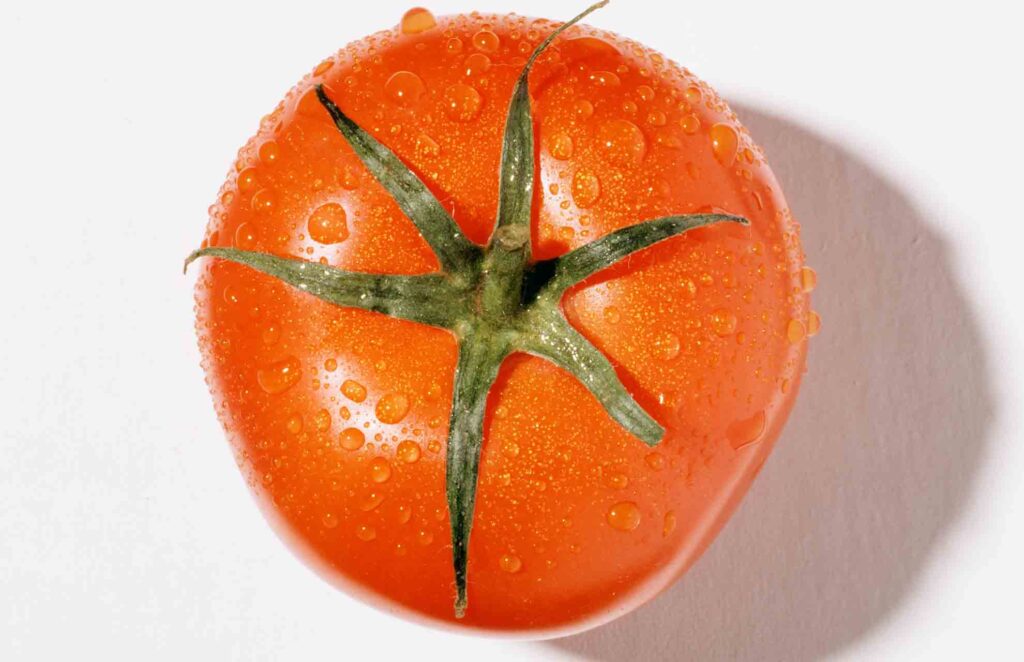
How To Fertilize Tomatoes
When fertilizing tomatoes while planting, mix the tomato plant fertilizer in with the soil at the bottom of the planting hole, also place some unfertilized soil on top of this before placing the tomato plant into the hole. However, it can burn the tomato plant, if raw fertilizer comes in contact with the roots of the plant. When fertilizing tomato plants after the fruits have been set, first make sure the tomato plant is doused well.
However, it can take up too important fertilizer and burn the plant, if the tomato plant isn’t doused well before being fertilized. After sodding, spread the fertilizer on the ground starting roughly 6 elevations ( 15 cm) from the base of the plant. Fertilizing too close to the tomato plant can affect fertilizer to run off onto the stem and burn the tomato plant.
Which Fertilizer Nutrients Does a Tomato Plant Need
Phosphorous is vital for the growth of roots, potassium helps with flowering and general growth, and nitrogen helps with foliage.
Phosphorous is crucial for the growth and development of roots as well as fruit. It’s thus an important nutrient in the initial stage and also again in the final stage.
Nitrogen takes care of the foliage, but too important nitrogen leads to bushy plants with little or no fruit.
Potassium helps the plant grow fleetly and produce flowers and fruit. But it’s veritably important when it comes to photosynthesis and tolerance to some conditions.
Do My Tomato Seedlings Need Fertilizer
Yes, they do. Once the tomato seedlings have germinated, they are going to grow very quickly, with an initial burst in increase just prior to their flowering. As a rule of thumb, they generally endure fruit within 4 months of being planted.
Full–Grown Plants Will Need Fertilizer, Too
For this period, you’ll be watching the plant precisely for cues about what fertilizer it needs( we’ll bandy this latterly). Of course, conditions depend on numerous factors similar to the type of tomato, the soil, and the environmental conditions.
Still, no quantum of tomato fertilizer will help, if these ways aren’t done right. Keep in mind that plants are veritably flexible. You do not need to be a pro to get through this stage. But knowing exactly what needs to be done sure does help.

